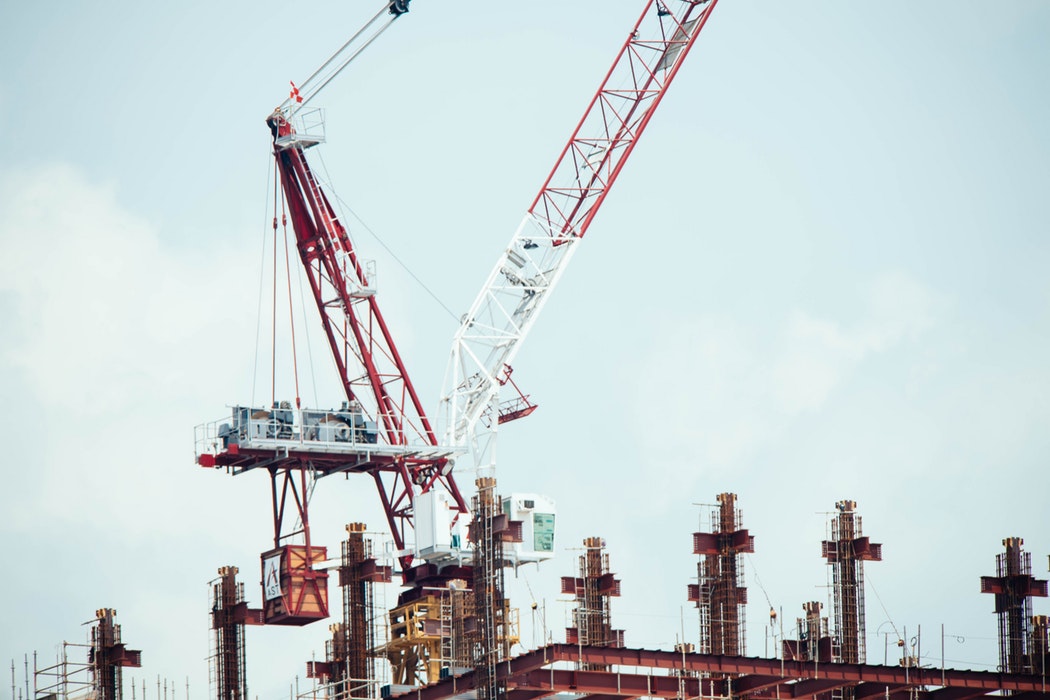
The off-shore China markets as represented by MSCI China and Hang Seng China Enterprises Index showed a technical bounce in November as investors expected some positive developments from the Xi-Trump meeting in early December. It’s interesting to note that in contrast, the Shanghai Composite Index edged down slightly, highlighting that domestic investors’ sentiments were still being dragged by the weak economy and the continued tight liquidity, especially for private enterprises, in China. From recent policy developments, we can see that the Government is expanding financial support for the real economy and shoring up confidence in the private sector.
More credit supply for the real economy
There is a rather disturbing phenomenon on the corporate financing front – despite of loosening liquidity, credit impulses are still weak. The liquidity in the system has not been translated into credit for the real economy, especially for private and small/medium sized enterprises. One of the major reasons is that, as part of the financial sector reform efforts, the Government imposed a rather stringent rule on credit officers of the state-owned banks called the “life-long responsibility” system. This means that a credit officer would be held life-long responsible for any bad loans he has made during his tenure. This was a rather drastic move by the Government who was trying desperately to rectify the lack of credit process in the banking system, if not corruptive practices, within a short period of time. The immediate backfire was credit officers effectively going on a lending strike. However, the latest development we have learnt is that the Government has subtly changed this policy of “life-long responsibility” to “exempted responsibility after due credit process”. This means that so long as the credit process is strictly adhered to, the credit officer would not be held responsible even if the loans go wrong afterwards. We think that this approach is a lot more sensible. Obviously, this change still needs some time to filter through the system; nevertheless, this is a positive change at the margin despite generally weak credit demand which may continue until more trade-war clarity is established.
More tax cuts on the way
On December 18, China Daily reported that more tax cuts are on the way to boost domestic consumption and revitalize private enterprises. According to a senior official from the State Administration of Taxation, personal income tax reduction will be the Government’s top priority next year, coupling with tax exemptions for SMEs and high-tech companies. Based on the plan promoted by the Ministry of Finance, the market predicts that next year’s tax cuts may reach 1.5 trillion yuan ($217.5 billion), 200 billion yuan more than 20181. The state news site also reported that a researcher with the Chinese Academy of Social Sciences, Zhang Ming, said it is likely the government will further cut the VAT by 2% in 20191. The tax cuts which we and some market participants have been expecting seem to be quite imminent and will in time provide an important relief to the economy and investor sentiment.
Less restrictions on real estate developers to issue bonds
Most recently, the National Development and Reform Commission has relaxed the restriction on big real estate developers (with annual sales exceeding Rmb30bn) to issue bonds2. We think that this is a very positive policy signal as the Government has effectively given up on their one-size-fits-all crackdown policies in the property sector. We have taken the view for a long time that underlying demand of residential properties is still healthy, but in certain cities, prices might have been rising too fast therefore soliciting Government interventions. Nevertheless, we don’t think this warrants an across-the-board crackdown as we have emphasized that China’s real estate isn’t a one single market but consists of hundreds. What we have learnt from the local governments is that they are now subtly given more flexibility in determining their own fine-tuned policies on residential properties. As such, we think that one more downside risk to the economy is contained.
Looking ahead, we are closely watching the effect of global central banks shrinking their balance sheets at the same time in 2019. Also, we realize that it takes time for measures like tax cuts to filter through to the economy, as such, the Chinese economy and individual companies may still release relatively weak figures, resulting in some volatility in early 2019. That said, we have definitely turned less bearish and believe that the backdrop for our stock picking efforts has notably improved.
[1] Source: China Daily, as of Dec 2018
[2] Source: NDRC, as of Dec 2018
Disclaimer:
This document is based on management forecasts and reflects prevailing conditions and our views as of this date, all of which are accordingly subject to change. In preparing this document, we have relied upon and assumed without independent verification, the accuracy and completeness of all information available from public sources. All opinions or estimates contained in this document are entirely Zeal Asset Management Limited’s judgment as of the date of this document and are subject to change without notice.
Investments involve risks. You may lose part or all of your investment. You should not make an investment decision solely based on this information. If you have any queries, please contact your financial advisor and seek professional advice. This document is issued by Zeal Asset Management Limited and has not been reviewed by the Securities and Futures Commission in Hong Kong.



